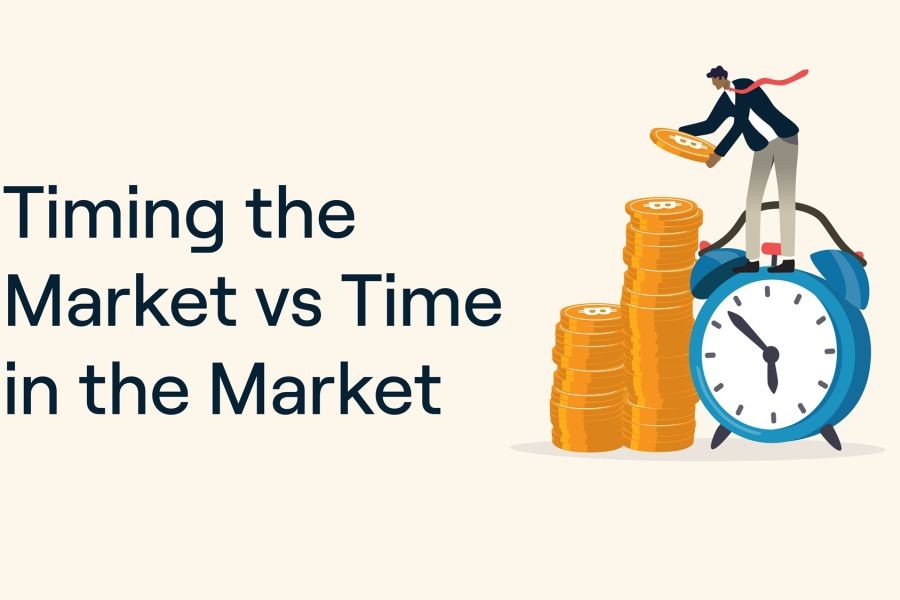Introduction
In the ever-evolving landscape of Australian real estate, the age-old debate between property investment in Sydney versus Melbourne continues to capture the attention of seasoned investors and newcomers alike. Both cities offer unique opportunities and challenges, making the choice between them a complex decision. According to the Australian Bureau of Statistics, Sydney and Melbourne consistently rank as the top two cities in Australia for population growth, which directly impacts their real estate markets. This article explores the strengths and weaknesses of each market, backed by data and expert insights, to help investors make informed decisions.
Sydney's property market: A Closer Look
Sydney, often referred to as the financial hub of Australia, has long been a magnet for property investors. The city's strong economy, bolstered by finance, technology, and tourism sectors, provides a stable foundation for real estate growth. According to CoreLogic, Sydney's property prices increased by 12% in 2024, outpacing wage growth. This rapid appreciation, coupled with a limited supply of developable land, has led to a competitive market environment.
Pros:
- High Demand: Sydney's population growth, driven by immigration and a robust job market, fuels demand for housing.
- Investment Returns: Historical data shows that Sydney properties often yield strong capital growth over the long term.
- Infrastructure Development: Ongoing projects like the WestConnex and Sydney Metro enhance connectivity and increase property desirability.
Cons:
- Affordability Issues: High property prices can deter first-time buyers and limit rental yield potential.
- Market Volatility: Sydney's market is susceptible to fluctuations, influenced by economic conditions and interest rates.
- Regulatory Constraints: Stringent zoning and planning regulations can hinder development opportunities.
Case Study: The Impact of Infrastructure on Sydney's Real Estate
Case Study: WestConnex – Transforming Sydney's Western Suburbs
Problem:
Western Sydney, an area traditionally overshadowed by the city's eastern suburbs, faced challenges of overcrowding and limited public transport access.
Action:
The Australian government invested in the WestConnex project, designed to improve road connectivity and reduce travel times. This infrastructure development aimed to unlock the potential of Sydney's western suburbs.
Result:
Following the project, property prices in areas like Parramatta and Penrith rose by 15% within two years, as reported by Domain Group. Improved accessibility attracted both residents and businesses, transforming these suburbs into thriving communities.
Takeaway:
The case study highlights how strategic infrastructure investments can revitalize underdeveloped areas, presenting lucrative opportunities for property investors.
Melbourne's property market: A Comparative Analysis
Melbourne, known for its cultural diversity and vibrant arts scene, offers a different allure to property investors. Its economy is driven by education, healthcare, and a burgeoning tech sector, making it an attractive destination for both local and international investors. According to the Reserve Bank of Australia, Melbourne's property market has shown resilience, with property prices rising by 9% in 2024.
Pros:
- Diverse Economy: Melbourne's varied economic base provides stability and opportunities for different types of property investments.
- Affordability Relative to Sydney: Although prices are rising, Melbourne remains more affordable than Sydney, offering higher rental yields.
- Urban Growth Initiatives: Projects like the Melbourne Metro Tunnel and Fishermans Bend development are set to boost property values.
Cons:
- Economic Dependence: Melbourne's economy heavily relies on sectors vulnerable to global fluctuations, such as education and tourism.
- Oversupply Concerns: A surge in apartment constructions has led to concerns about potential oversupply in certain areas.
- Regulatory Changes: Proposed changes in property taxes could impact investment returns, as highlighted by the Victorian Government.
Case Study: Melbourne's Tech Sector Driving Real Estate Demand
Case Study: Tech Hub Growth in Melbourne’s Inner North
Problem:
Melbourne's inner north, particularly areas like Brunswick and Fitzroy, faced limited high-tech job opportunities, leading to lower property demand.
Action:
The Victorian Government launched initiatives to attract tech companies, offering incentives and creating innovation hubs. This effort aimed to transform the inner north into a tech-centric region.
Result:
The influx of tech companies led to a 20% increase in property demand within three years, as reported by the Real Estate Institute of Victoria. The area's transformation attracted skilled professionals, boosting both residential and commercial property markets.
Takeaway:
This case study underscores the potential of targeted industry growth strategies in enhancing property market dynamics, offering investors new avenues for growth.
Common Myths & Mistakes in Property Investment
Investors often fall prey to misconceptions that can hinder their decision-making process. Here are some of the most prevalent myths:
Myth: "Property always appreciates in value."
Reality: While long-term trends often show appreciation, property values can fluctuate, especially in volatile markets. According to the Australian Prudential Regulation Authority, understanding market cycles is crucial for informed investment decisions.
Myth: "Investing in the city center is always better."
Reality: Suburban areas, especially those undergoing infrastructure development, can offer higher returns and lower entry costs.
Myth: "Melbourne's market is oversaturated."
Reality: While some areas face oversupply, strategic investments in emerging suburbs can yield significant returns.
Future Trends & Predictions
The future of property investment in Sydney and Melbourne will be shaped by several key trends:
- Infrastructure Expansion: Continued investments in transport and connectivity will unlock new investment opportunities in both cities.
- Technology Integration: Smart city initiatives and tech-driven solutions will enhance property values, particularly in tech hub areas.
- Regulatory Adjustments: Changes in property taxes and regulations will impact investment strategies, necessitating adaptability from investors.
According to a report by Deloitte, by 2028, 40% of property investments in Australia will be influenced by sustainability and technology integration, highlighting the importance of adapting to these emerging trends.
Conclusion
In conclusion, both Sydney and Melbourne present unique opportunities and challenges for property investors. Sydney's market offers high growth potential but comes with affordability and volatility concerns. Melbourne provides a more diverse economy and affordable entry points, though investors must be wary of oversupply and regulatory changes. By leveraging data-driven insights and strategic planning, investors can navigate these markets effectively and maximize their returns.
As the real estate landscape continues to evolve, staying informed and adaptable will be key to successful property investment. What strategies have worked for you in the Australian property market? Share your insights below!
People Also Ask
- How does property investment impact businesses in Australia?AU businesses leveraging property investment report increased asset values and capital growth, enhancing their financial stability.
- What are the biggest misconceptions about property investment in Melbourne?A common myth is that Melbourne's market is oversaturated; however, emerging suburbs offer significant investment opportunities.
- What are the best strategies for investing in Sydney's property market?Experts recommend focusing on areas with planned infrastructure projects, such as transport hubs, for long-term capital growth.
Related Search Queries
- Best suburbs for property investment in Sydney 2025
- Melbourne vs. Sydney property market forecast 2025
- Impact of infrastructure on Australian property prices
- Sydney property market trends 2025
- Melbourne real estate investment opportunities































aldastowe69242
7 months ago